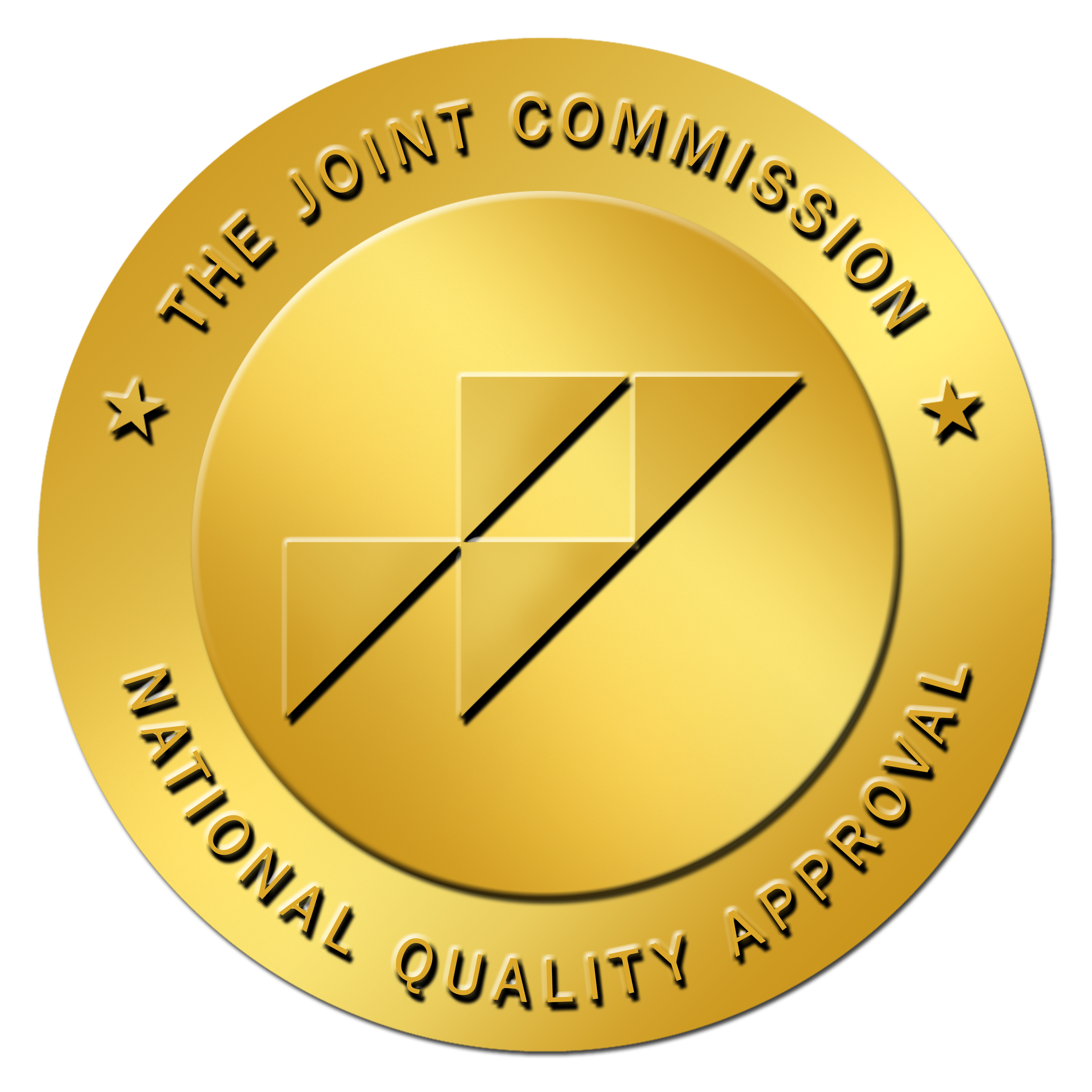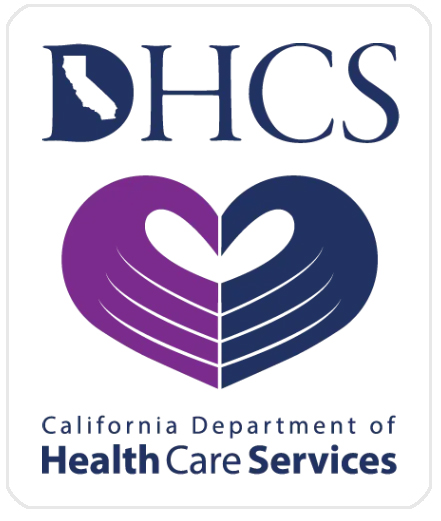 There are many options for treatment of addiction. They include various therapeutic approaches, such as Behavioral therapies, medications, therapeutic communities, and Twelve-step facilitation therapy. This article will discuss some of the most common types of treatment for addiction and the differences between these approaches. Moreover, you’ll learn how to choose the right treatment program for your specific needs. To help you make an informed decision, we’ve compiled a list of some of the most effective options for treatment.
There are many options for treatment of addiction. They include various therapeutic approaches, such as Behavioral therapies, medications, therapeutic communities, and Twelve-step facilitation therapy. This article will discuss some of the most common types of treatment for addiction and the differences between these approaches. Moreover, you’ll learn how to choose the right treatment program for your specific needs. To help you make an informed decision, we’ve compiled a list of some of the most effective options for treatment.
Twelve-step facilitation therapy
Developed by a pioneer in the field of substance abuse counseling, Twelve Step Facilitation uses the tools used in Alcoholics Anonymous to treat a variety of addictions. These tools include moral inventories, which help people to discover their resentments, fears, and interpersonal behaviors. Once these are identified, participants can use the Twelve-Step Facilitation tools to change those behaviors and establish new ones. These tools are often very helpful in the treatment of cocaine addiction.
Researchers first developed TSF in the 1980s, and the project, known as Project MATCH, compared it to other treatments, such as Motivational Enhancement Therapy and Cognitive Behavioral Therapy. The aim of this research was to determine which patients benefited from each treatment and which ones did not. In the study, patients who underwent Twelve-Step Facilitation showed similar results to those of patients who underwent traditional therapy. This showed that there was no significant difference between the two types of treatment, according to the primary outcomes of the study.
Twelve-step facilitation therapy for addiction treatment promotes long-term abstinence and active participation in 12-step support groups. The method is based on the 12-step program of Alcoholics Anonymous and operates on the principle that addiction is a chronic disease that affects both the biological and psychological aspects of the sufferer. Through 12-step participation, the individual will be able to socialize and maintain a sober lifestyle.
Throughout the course of Twelve-Step Facilitation, clients present their work and receive feedback from peers. This provides a safe environment in which to speak about their addiction. Group members encourage each other, which helps clients feel comfortable sharing their own experience and overcome their addiction guilt. This acceptance of their own powerlessness helps them to feel empowered in the treatment process. There is also a focus on the physical and emotional aspects of addiction.
Although Twelve-Step Facilitation is a manual-driven process, its success depends on the moderator’s professionalism. A skilled Twelve-Step Facilitation moderator is required to be capable of maintaining structure and centeredness during the sessions. A person who wants to be a Twelve Step Facilitator should have a master’s degree in addiction counseling and at least a thousand hours of supervised practice in drug abuse counseling. The moderator must also be able to delegate certain rehabilitation activities to patients.
Behavioral therapies
Behavioral therapies for addiction treatment can be of several types. The goal of each one is to help a recovering addict change negative patterns of thinking and behavior. The treatments include developing coping skills, learning new ways to reduce stress and anxiety, reducing cravings, and developing personal, emotional, and social support. These treatments often include an aftercare plan to help patients maintain a positive outlook after treatment. Some programs have a combination of the three, and others offer only one type.
Behavioral therapies are a popular method of treating drug addiction. These treatments encourage participants to engage in the program and learn new ways to cope with their cravings. They also teach them effective ways to avoid drugs and prevent relapse. Other benefits of these therapies include improving communication and relationship skills and enhancing family dynamics. They can help people become more self-reliant, which can lead to greater success in recovery. These treatments are also effective for treating specific types of drug addiction.
Residential treatment is an intensive form of treatment that provides twenty-four-hour care. Outpatient programs tend to be cheaper and more convenient for individuals with jobs and extensive social support systems. Inpatient programs may offer little more than a drug education program, but intensive day treatment is comparable to a residential treatment program. Group counseling is a key component of these programs, and some of them are designed to address medical issues as well as drug addiction.
Behavioral therapies for addiction treatment may include a combination of counseling and medication. Methadone and buprenorphine are effective treatments for opioid addiction. Likewise, nicotine replacement products such as gum and patches can help treat alcohol dependence. These treatments may not be successful if the patient has another addiction. But behavioral therapy is an important element of addiction treatment. It’s essential to choose the right one for your patient and for the type of substance they are addicted to.
In addition to psychological factors, people suffering from substance abuse often also have mental health disorders. As a result, treatment should address all these disorders. Drug addiction is a disease of the brain, which often goes hand in hand with other mental illnesses. Research suggests that up to 6 out of every 10 people suffering from illicit drug use disorder also have another mental health disorder. That is why treating both illnesses is important. If you have a mental illness and addiction, it’s best to treat both conditions simultaneously.
Medications
Medical interventions for substance abuse disorder include drugs and other substances that alter the brain’s chemical balance. These drugs cause physiological and nervous system responses to change, creating a powerful psychological desire to acquire them. Tolerance is a state where the body is able to cope with a drug’s absence without experiencing physical dependence. It occurs with similar drugs within the same class as addiction but can also occur with different classes. In both cases, medical care is necessary to help the patient overcome the withdrawal symptoms.
Non-pharmacological treatments, also known as “talk therapies,” include counseling and psychotherapy. These treatments generally aim to help patients modify their addictive behaviors and learn the skills necessary to prevent relapse. They often involve family members and significant others, enabling the patient to access community resources and to address their needs. Some treatment programs may even involve a physician. A doctor’s prescription of medications is only needed if a patient cannot comply with the program’s recommendations.
Other treatments, such as counseling and support groups, may also be necessary. Medications are often part of a comprehensive treatment plan that also includes psychotherapy, group therapy, family support, peer, and community services. The plan is customized to the patient’s needs, and many have shown good results. It is vital to understand that addiction treatment is often a lifelong process, and that long-term recovery is attainable. However, the process of attaining sobriety without outside help is very difficult and reduces the likelihood of achieving sobriety. This is why a comprehensive treatment approach with multiple components is vital for a patient’s recovery.
Prescription drugs for opioid addiction may include buprenorphine, methadone, or naltrexone. Opioid medications are particularly addictive, and withdrawal from these drugs can lead to severe cravings. Many people who use opioids may also find that these medications are helpful in preventing their relapse. However, many physicians in the U.S. have no training to prescribe these drugs.
Therapeutic communities
Unlike traditional addiction treatment programs, therapeutic communities aim to treat substance use disorders holistically. They focus on the individual as a whole, including all aspects of their lives, such as their work, education, and relationships. Because addiction is a chronic disease, the potential for relapse is high. In these communities, individuals are encouraged to work toward complete abstinence. However, the benefits of such treatment programs go far beyond the treatment itself.
The concept of therapeutic communities for addiction treatment isn’t new. The first of them was proposed in 1958 by British psychologists seeking to rehabilitate war-torn veterans. Today’s therapeutic communities have several different treatment models. One common component is the residential facility. Drug rehabs usually last for a short period and focus on sobriety enforcement, whereas therapeutic communities combine extended therapy periods with structured living. In contrast, a typical TC assumes that its resident has completed a detox and has learned essential life skills.
Early therapeutic communities were based on adult care paradigms, and their residents served as the work force. They performed many community tasks such as cleaning, repairs, escort service, and administrative chores. In addition, residents had supervisory roles. These features were necessary for a therapeutic community to be effective. But regulations limited their ability to do these tasks. And the costs of setting up therapeutic communities were increased. The benefits of therapeutic communities were ultimately worth the high cost.
The therapeutic community is an essential component of John Volken Academy’s program. According to the John Volken Academy’s motto, “each one, teach one,” the community is the strongest healing mechanism. Each person assumes responsibility for their own recovery and acknowledges that the recovery of others is dependent on their own. This requires each member to conduct themselves in a way that reinforces their own recovery. In this way, the therapeutic community creates an environment where recovery can flourish.
The concept of therapeutic communities is not new. The concept began in the 1930s and grew in popularity over the next century. It is a group of peer-based individuals, usually with the help of trained therapists or clinicians. This model often involves peer-to-peer interaction, and it also emphasizes mutual support and social learning. Hence, it is possible to change another person while still working on one’s own.



